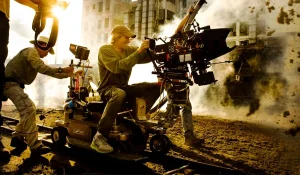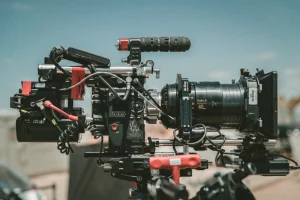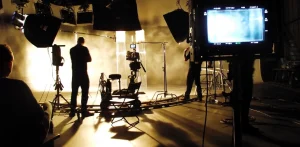The Lumière brothers are two names that cannot be separated from the beginnings of world cinema. Auguste and Louis Lumière, two French brothers, not only revolutionized film technology at the end of the 19th century but also transformed how people enjoyed moving images—from individual viewing to a collective experience. After previously discussing figures like Eadweard Muybridge and Thomas Alva Edison for their technical contributions, it is now the turn of the Lumière Brothers to emerge as major pioneers in the history of cinema. Just as Usmar Ismail is known as the Father of National Cinema in Indonesia, the Lumière Brothers are recognized worldwide as the primary pioneers of modern cinema—they are known as the Fathers of World Cinema.
From Family Photo Studio to the Wide Screen Revolution
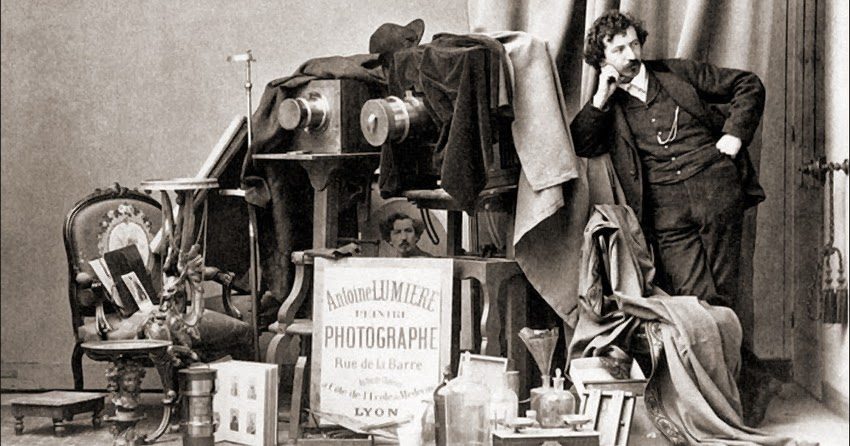
Auguste (born 1862) and Louis (born 1864) grew up in a world of visuals. Their father, Antoine Lumière, was a photographer and entrepreneur who introduced his children to imaging technology at a young age. Louis stood out for his technical genius, while Auguste was stronger in business and organization.
By the 1890s, moving image technology began to gain public recognition through Edison and his assistant Dickson’s invention, the Kinetoscope—a device that allowed individuals to watch films through a peephole. However, for the Lumière brothers, there was a far greater question: what if moving images could be enjoyed together, in one room, by many people at the same time?
That question sparked their ambition to create a device that was not only portable and practical but could also bring people together in a shared viewing experience.
Cinématographe: When Images Began to “Write” Motion
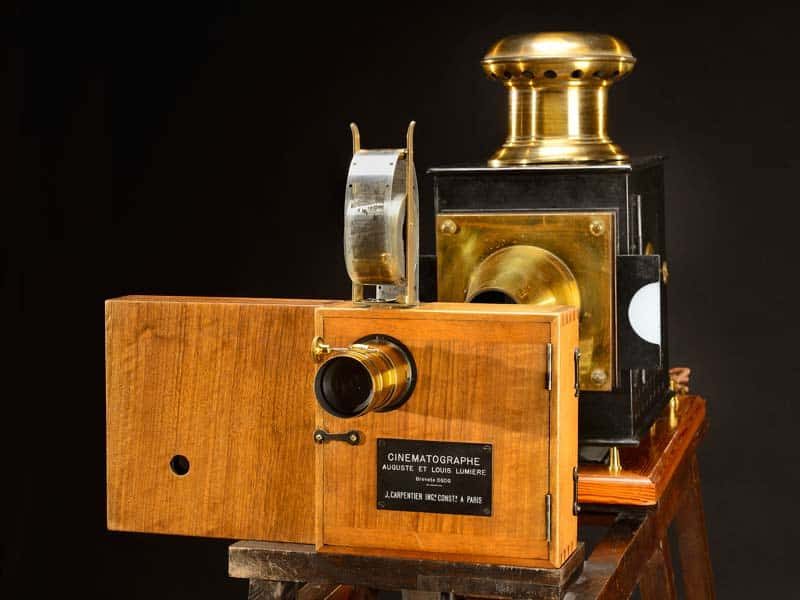
Their answer to that big question took the form of the Cinématographe, a device they patented in 1895. The name comes from the Greek, literally meaning “writing with motion.” Unlike the Kinetoscope, which could only display images, the Cinématographe was a multifunctional device—it could record, print, and project films.
Another advantage was its mobility. The Cinématographe was lightweight and easy to transport, enabling film production to take place outside of studios. More than just a tool, the Cinématographe transformed cinema from an individual experience into a social event—where people gathered, sat together, and shared the same story on a single screen.
The First Public Screening in Cinema History
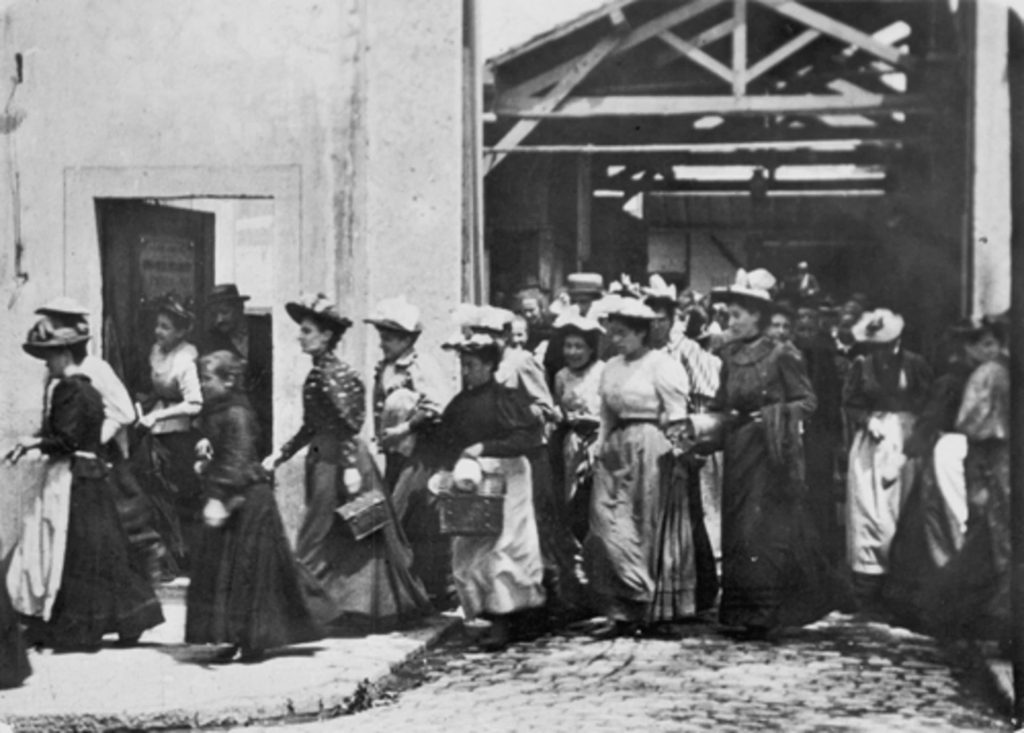
On that day, December 28, 1895, in the basement of the Grand Café on Boulevard des Capucines in Paris, the Lumière Brothers held the first public paid film screening in history. Ten short films were shown, each lasting approximately 50 seconds. This was a pivotal moment marking the birth of the film-watching culture as we know it today.
Some of the films they screened included:
- La Sortie de l’Usine Lumière à Lyon: Workers leaving the Lumière factory at the end of the day.
- Le Jardinier (L’Arroseur Arrosé): A lighthearted comedy about a gardener being pranked by a child.
- La Voltige: Acrobatic stunts on a moving horse.
- La Pêche aux poissons rouges: A child fishing for goldfish in an aquarium.
- Le Débarquement du Congrès de Photographie à Lyon: Participants of the photography congress arriving in Lyon.
- Les Forgerons: Two blacksmiths working in a workshop.
- Repas de bébé: A mother feeding a baby in a high chair.
- Le Saut à la couverture: A traditional blanket-jumping game.
- Place des Cordeliers à Lyon: Activities of residents in Lyon’s town square.
- La Mer (Baignade en mer): People playing in the water and bathing on the beach.
The film La Sortie de l’Usine Lumière à Lyon is recognized as the world’s first documentary film, while Le Jardinier is considered the first comedy film in history.
Cinema that Touches Reality
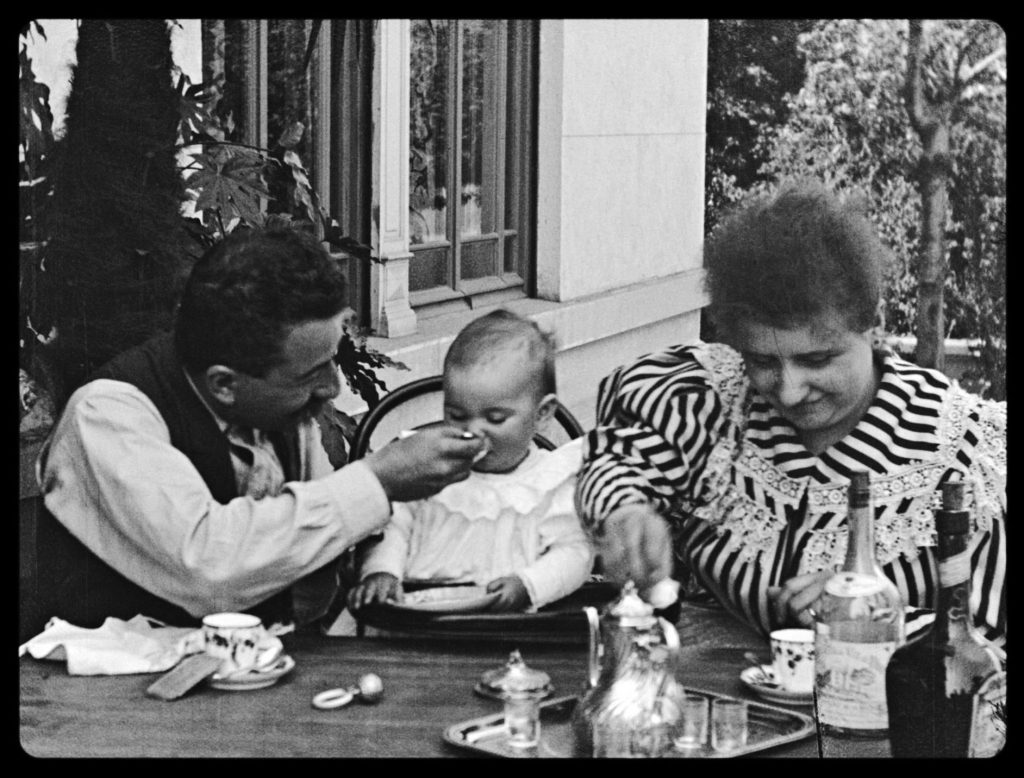
What makes the Lumière Brothers’ work special is not just their technology, but their approach to capturing life. They chose to record simple scenes from everyday life: people walking in the market, factory workers, children playing, and family activities at home. Without complex scripts or professional actors, they successfully brought reality to the screen—creating the foundation for documentary aesthetics in the world.
Although their films consist of a single scene with a static camera and short duration, their artistic decisions in choosing camera angles, visual composition, and subject matter paved the way for the emergence of a more complex cinematic language in the future.
Although they did not spend much time in the film industry—because they considered cinema to be merely a form of temporary entertainment—the Lumière Brothers’ legacy exceeded even their own expectations. They did not just create a tool; they also shaped a new way for humans to tell stories, share emotions, and enjoy time together. The Cinématographe also inspired filmmakers around the world. From the basement of the Grand Café in Paris, cinema evolved into a global industry that continues to grow and evolve to this day.
Want to learn more about the evolution of cinema over the years? Stay tuned for our upcoming articles!


